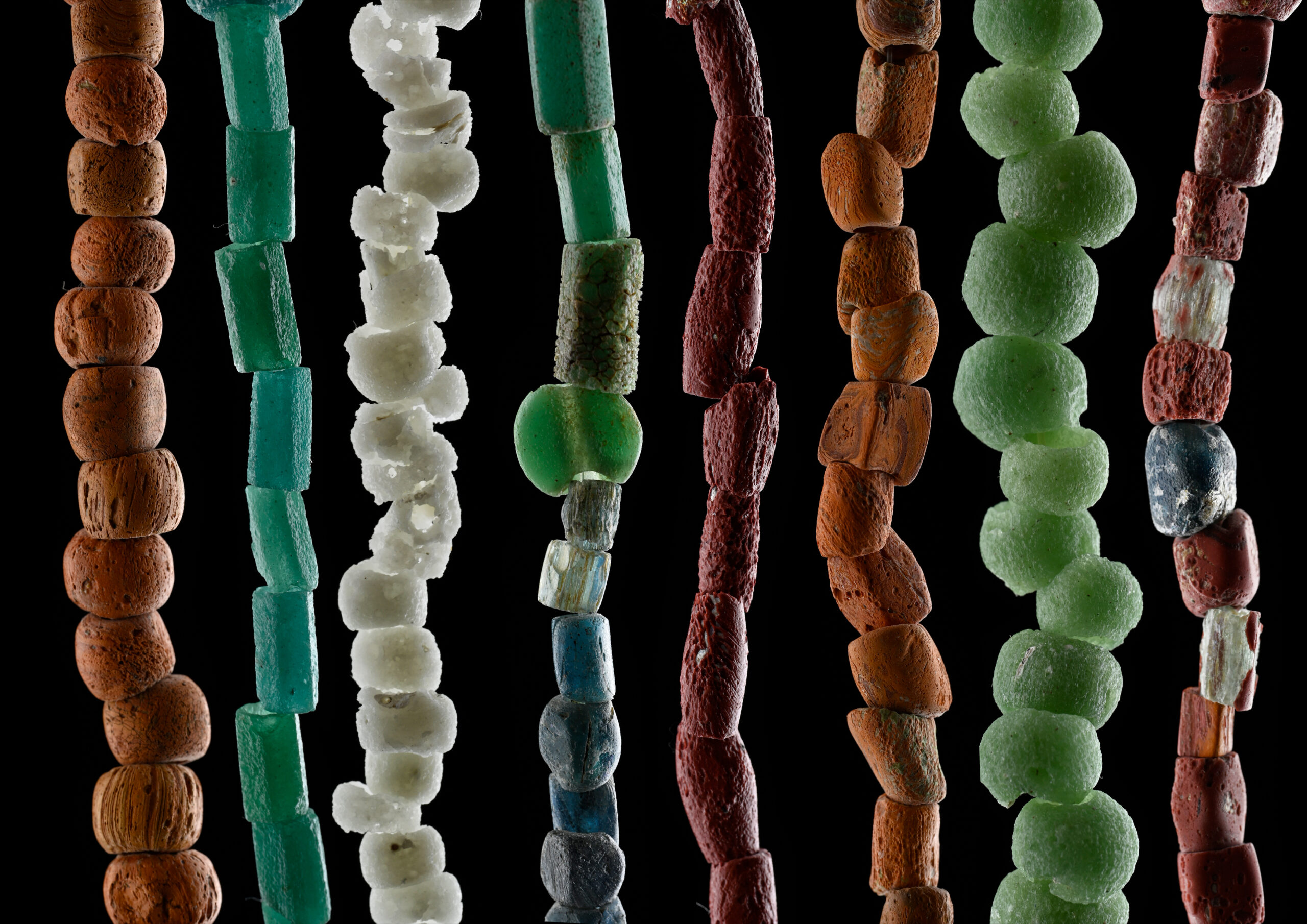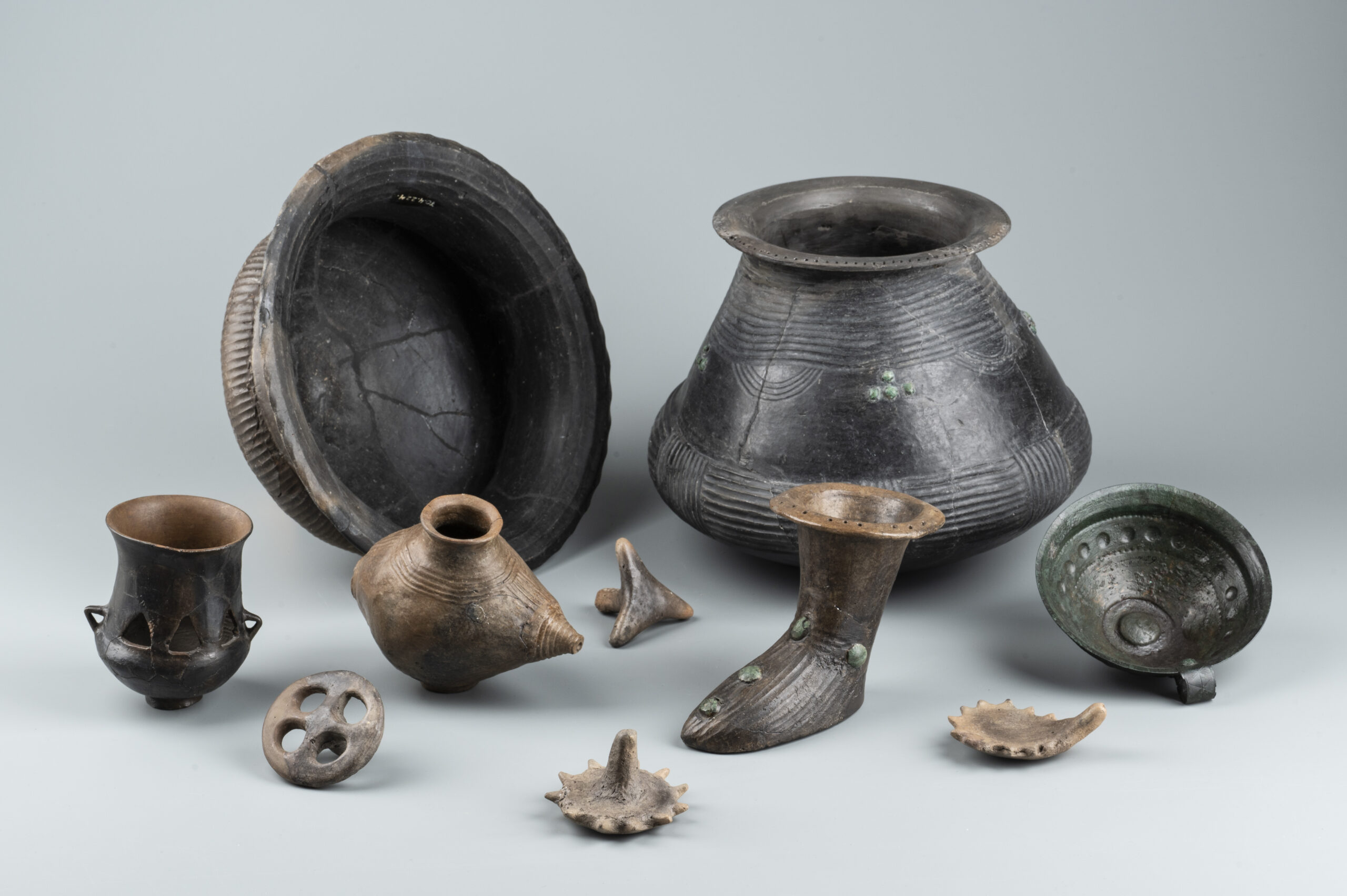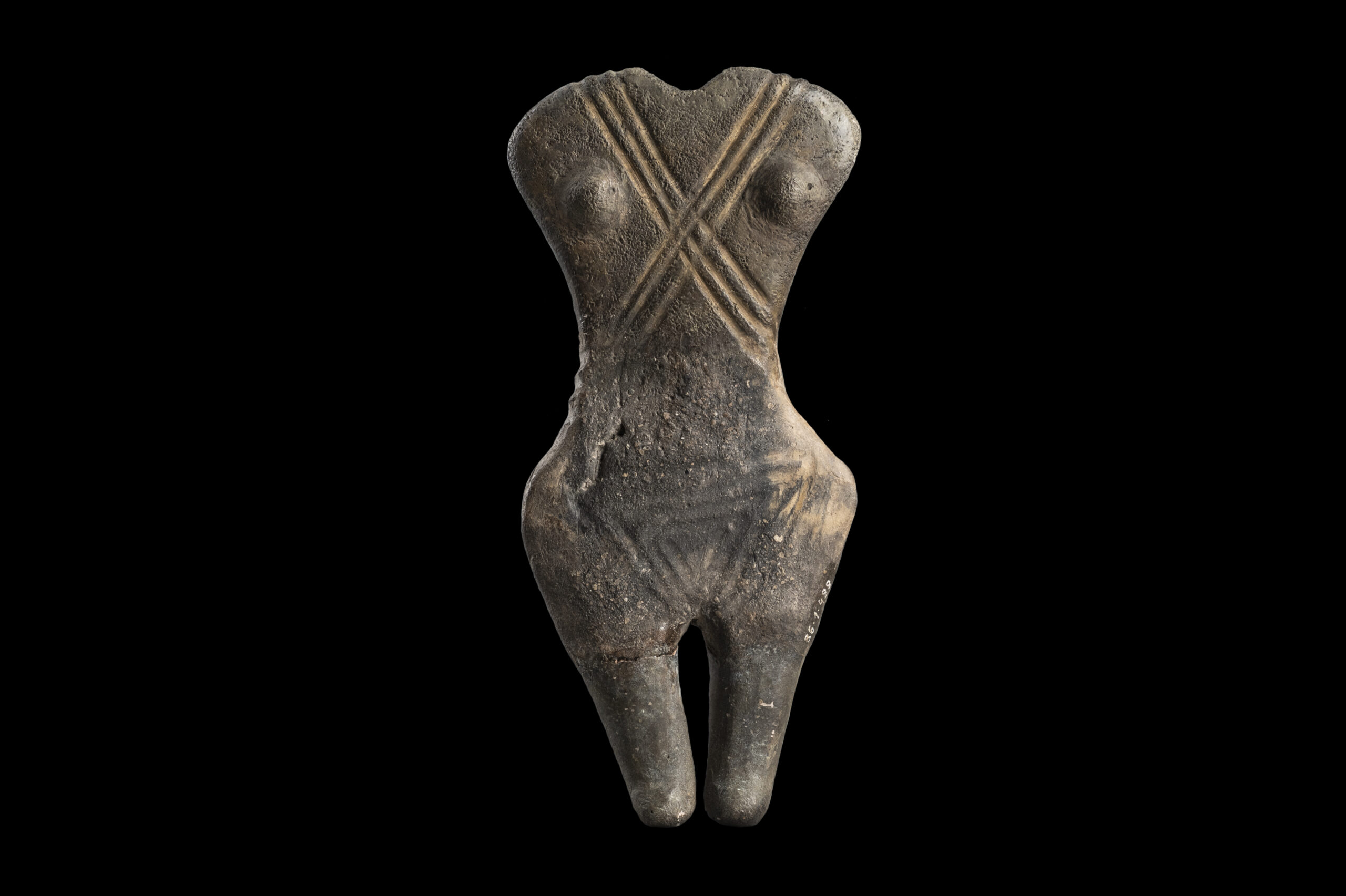After the lasting success of the previous permanent exhibition (1998–2020) of the Budapest History Museum, entitled Ancient Peoples, Antique Cultures – The history of Budapest from Prehistory to the end of the Avar Period, the time has ripened for a change: to create a new exhibition where the most conspicuous and informative material remains from the past of the Hungarian capital are put on display in a state-of-the-art environment meeting the demands of the 21th-century visitor. By presenting a representative selection of find material from hundreds of excavations carried out in the past decades in the area of Budapest at such a prominent point of the city, this exhibition is also homage to the persistent work of the archaeologists, field technicians, conservators, and all other members of the staff of our museum.
The new permanent exhibition presents finds from the past of the Hungarian capital, born only 150 years ago when Buda, Pest, and Óbuda [‘Old Buda’] were joined into today’s Budapest. The oldest artefacts are knapped stone tools of the first inhabitants of the area 50,000 years ago, while the youngest ones have been left behind by the Hungarian conquerors. All of them are the best, most beautiful and interesting specimens of the Archaeological Collection of the Budapest History Museum. While the spectacular Roman and medieval record of the city have made these historical periods highly visible, and the related monuments and find material have been exhibited in the Aquincum Museum and Archaeological Park, the Castle Museum, as well as several lesser visitor sites, what has been left to us from the millennia of prehistory and the short but turbulent Migration Period was ‘invisible’ thus far. To pay this debt is among the goals of the new permanent exhibition, designed to appeal to everyone from the youngest children to the oldest adults and to provide a meaningful and fun learning experience to them all.
A featured artefact represents each of the ten covered historical periods; these objects embody the basic characteristics and innovations of their respective eras, recapturing the world people created for themselves. Besides, the exhibition is arranged around ten topics, many of which reflect actual social issues, to show what has remained unchanged and what has changed in the daily lives of people throughout the ages. The knowledge they accumulated comes from generations of meticulous observation and a thorough understanding of their environment and may provide a lesson to 21th-century visitors from Budapest or anywhere in the world as the struggle for survival, overcoming challenges, faith, hope, and love are basic to human nature and connect us with our ancestors. In the lack of eyewitnesses, this experience and knowledge can only be unravelled and, thus, presented to the public by solving the puzzle of the archaeological record.
We warmly welcome everyone to join this exciting journey investigating the past of Budapest under the roads, buildings, walkways, and parks of the city of today.


